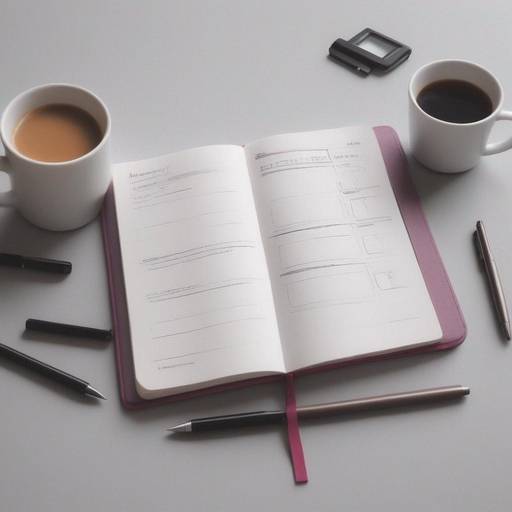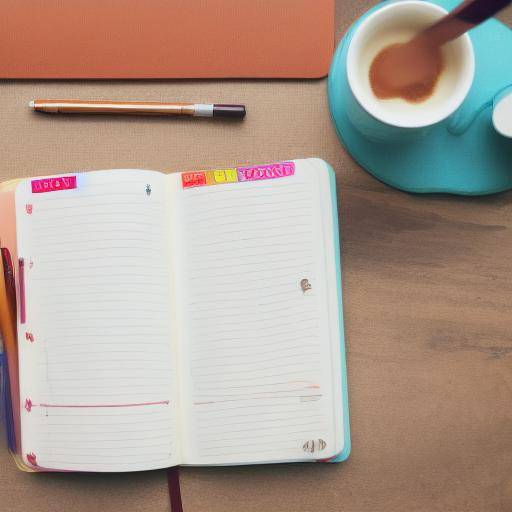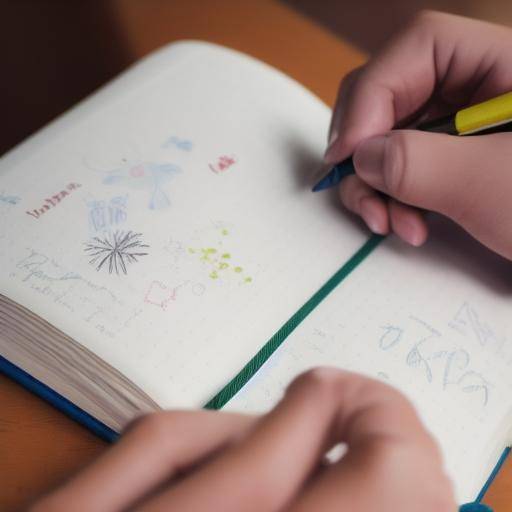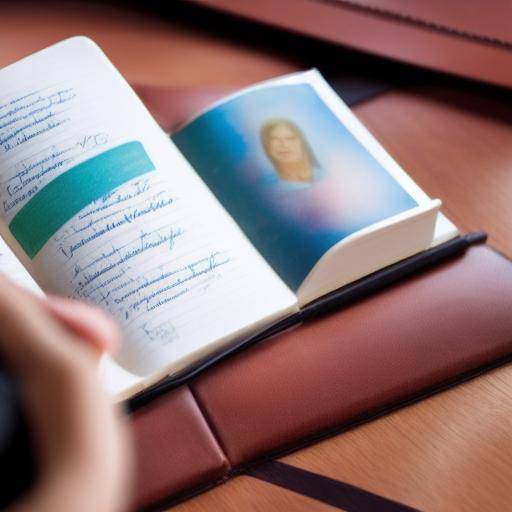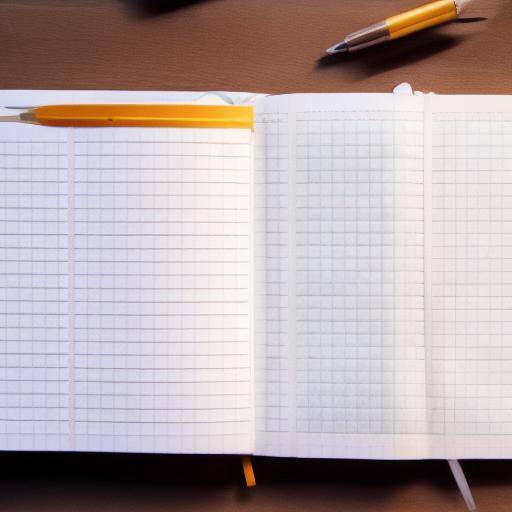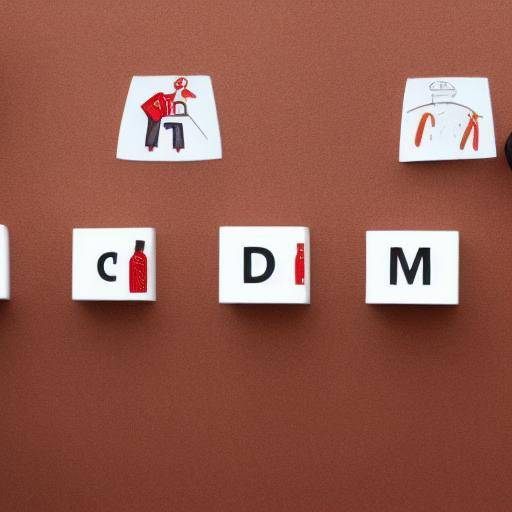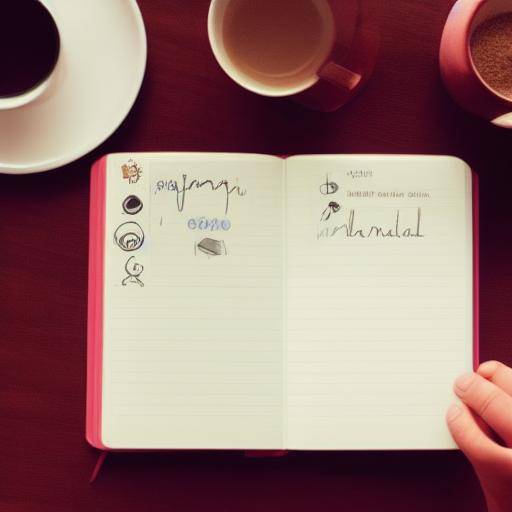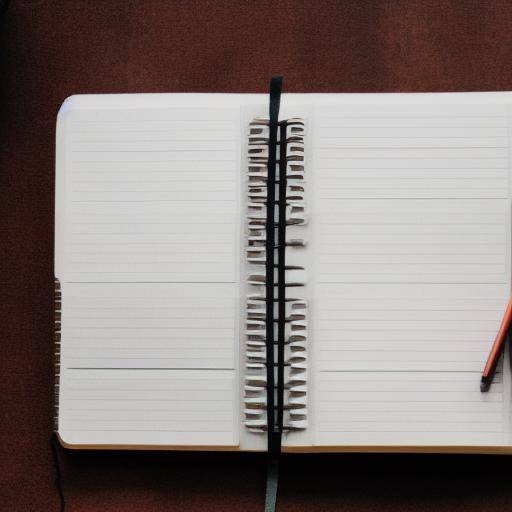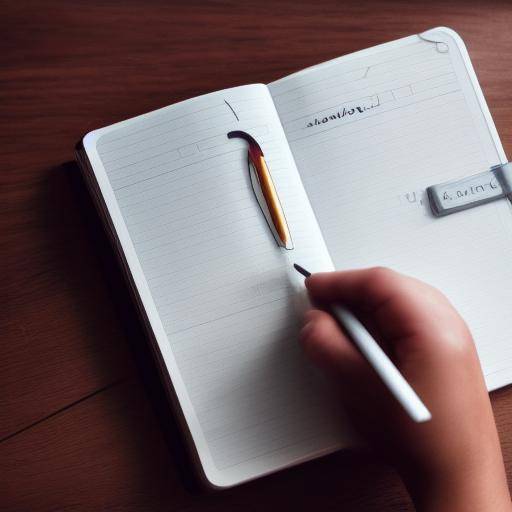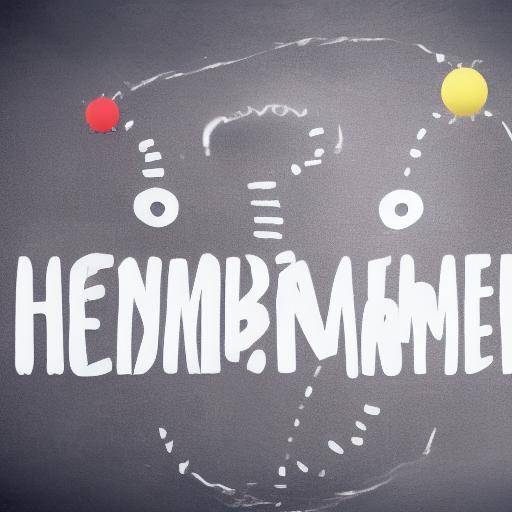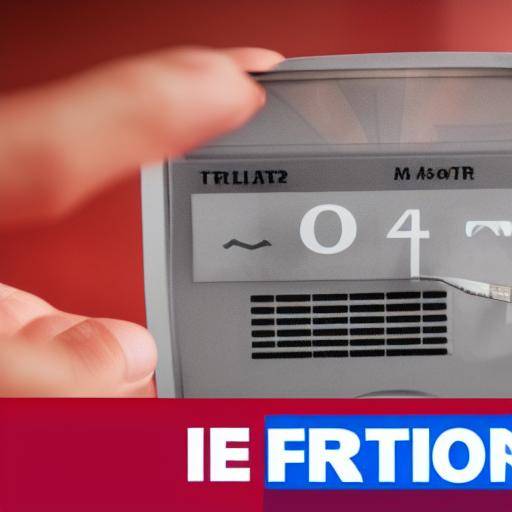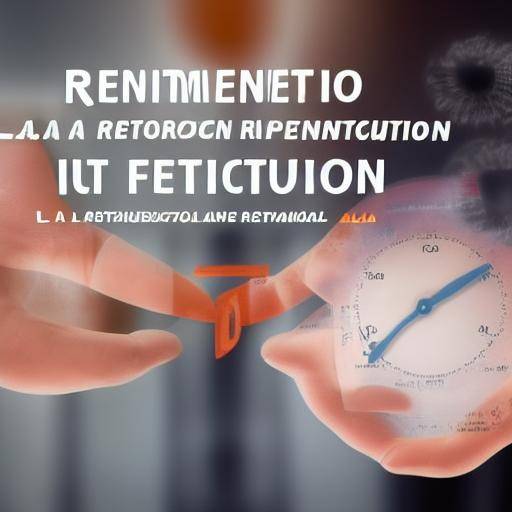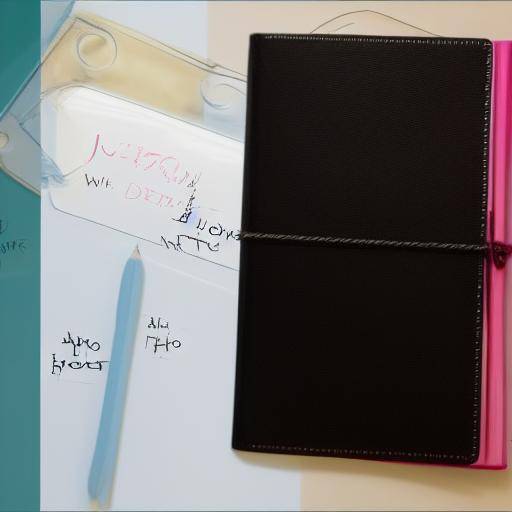
Journaling, or the practice of writing regularly in a journal or notebook, is a powerful tool that can be used to identify and address negative habits. Through conscious self-evaluation, journaling allows people to explore their thoughts, emotions and behaviors, identifying patterns that may be contributing to unwanted habits. In this article, we will discover how journaling can be an effective tool for self-assessment, recognition of negative habit patterns and promotion of more positive and healthy habits.
Introduction
Journaling, a practice that has existed for centuries, has now gained relevance as an effective tool for self-knowledge and personal growth. This reflective writing method offers people the opportunity to examine their thoughts, emotions and behaviors in a systematic and deliberate manner. In this article, we will explore how journaling can help identify negative habit patterns, providing practical advice and recommendations to make the most of this practice.
History and Background
The history of journaling dates back to ancient times, where philosophers, writers and leaders have used writing as a means of self-reflection and self-expression. Over the centuries, journaling has evolved from a way of keeping a record of daily events to becoming a tool for self-assessment, personal development and problem solving. Over the years, countless historical figures have attributed much of their success and mental clarity to the journaling habit.
In-depth Analysis
The journaling practice offers a number of benefits, such as increased personal awareness, stress management, problem solving and self-esteem development. At the same time, it also presents challenges, such as honest consistency and self-evaluation. To maximize journaling, it is crucial to understand how to address these challenges and adopt best practices to ensure effective results.
Practical Applications
Journaling can be a valuable tool for those seeking to identify and address negative habits. When recording thoughts and emotions, it is possible to detect repetitive patterns that may be contributing to unwanted behaviors. Through the conscious self-evaluation that journaling promotes, people can acquire a deeper understanding of themselves, identifying areas of improvement and developing strategies to foster more positive and healthy habits.
Practical Tips and Recommendations
If you are looking to use journaling to identify negative habit patterns, here are some practical tips to start:
- Establish a regular schedule: Dedicate time in your daily journaling routine.
- Promotes honesty: Be honest with yourself by registering your thoughts and emotions.
- Find patterns: Watch carefully your entries to identify recurring patterns.
- Sets change targets: Use journaling to set clear goals and action plans to change negative habits.
Conclusion
In conclusion, journaling can be a powerful tool for self-assessment and identification of negative habit patterns. By writing regularly, people can develop a greater awareness of their thoughts and behaviors, identifying areas of improvement and establishing strategies to cultivate more positive and healthy habits. By making the most of this practice, people can start a journey of self-discovery and significant personal growth.
FAQs
1. What is the difference between journaling and simply carrying a journal?
Although both practices involve regular writing, journaling focuses more on reflection and self-assessment than on the mere record of daily events. The journaling promotes the exploration of thoughts, emotions and behavior patterns, allowing greater self-knowledge and personal growth.
2. How can I implement journaling in my daily routine effectively?
To effectively implement journaling, it is important to establish a regular schedule to write, look for a quiet and distractive place, and maintain an open and honest attitude by exploring your thoughts and emotions.
3. What kind of journaling is best suited to identify negative habit patterns?
Reflective journaling and therapeutic journaling are approaches that can be especially useful in identifying negative behavior patterns. These journaling forms encourage self-assessment and deep exploration of emotions and thoughts.
4. What role does self-evaluation play in journaling to identify negative habits?
Self-assessment is fundamental in journaling, as it allows people to critically examine their behaviors and think about areas of improvement. Through conscious self-assessment, negative habit patterns can be identified and strategies developed to change them.
5. Is there a recommended guide or structure for journaling?
While there is no single structure, some people find it useful to use a structured journaling approach, such as answering specific questions, keeping an emotional record or using predefined categories to organize their reflections.
6. Can journaling really help change negative habits?
Yes, journaling can be an effective tool for changing negative habits, as it provides the opportunity to recognize repetitive patterns, identify emotional triggers and establish concrete action plans for change.
Conclusion
Journaling can be a transformative practice that allows people to identify patterns of negative habits, promote conscious self-evaluation and promote personal growth. By writing regularly and reflecting on thoughts and emotions, it is possible to cultivate a greater awareness of unwanted habits and establish a path to more positive and healthy habits. Take advantage of this powerful tool to own your self-discovery and positive change process.

